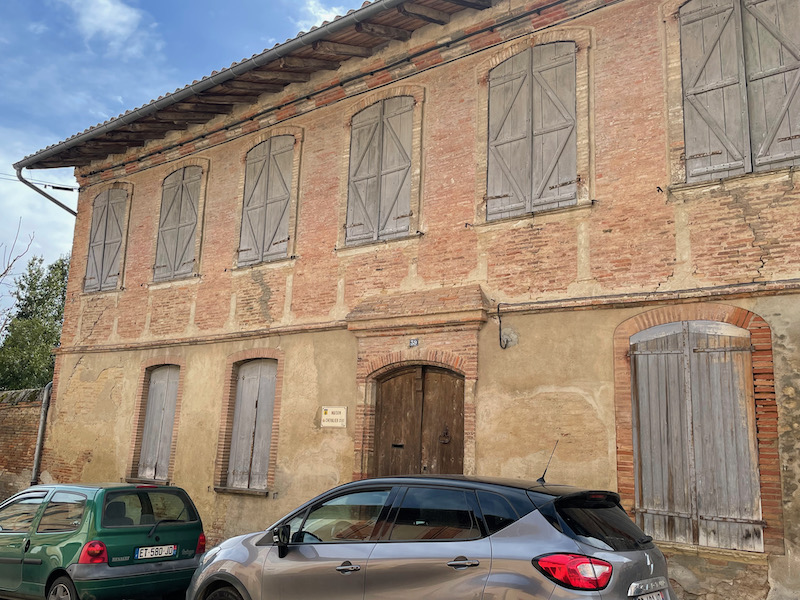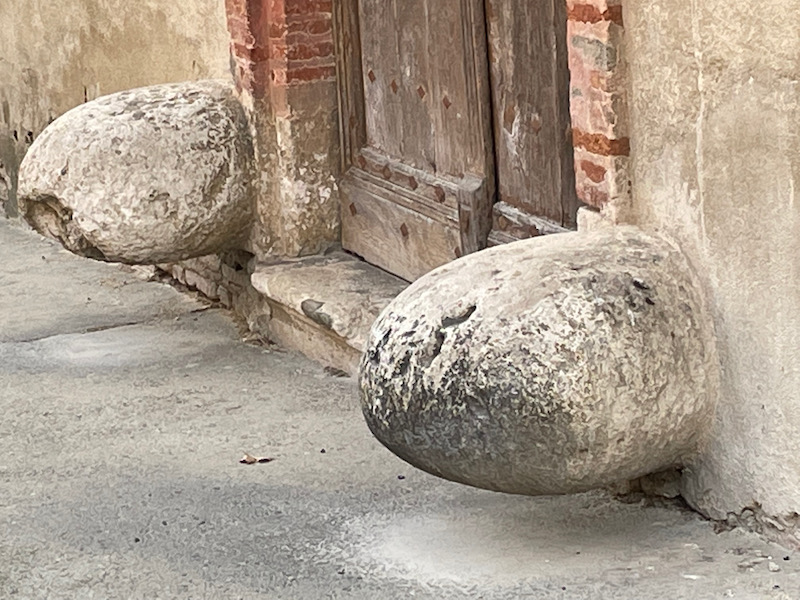Our Blog - Beaumont-de-Lomagne, France
The bastide of Beaumont-de-Lomagne was founded in 1276 and soon after, a large church was constructed (you will see it shortly). The town was taken over by the English during the Hundred Years War in 1345 but liberated just a short 5 years later. It didn't fare much better during the French Wars of Religion. It was a Catholic town surrounded by Protestant towns, and in 1577, King Henri III sold then town to Henri III of Navarre (the future King Henri IV). He was the leader of the Protestants at the time and he had his troops kill a hundred people from the town. The town was damaged or destroyed several times in the 16th and 17th centuries but 1700 brought a period of peace and prosperity for the 2400 inhabitants. By the end of the century, the ramparts were destroyed. A bit of trivia: the town is famous (well, as famous as the little town can be) for a specific garlic called "white garlic of Lomagne", and there is a yearly festival in July that celebrates it. It is also known for harness racing (horses) and there is a large track as you enter town. There is a Grand Prix of the South-West that alternates between Bordeaux, Toulouse, Agen, and here, and the 2021 race was held here. It is also the birthplace of the mathematician Pierre de Fermat, who is given credit for early developments that led to infinitesimal calculus.
Started in 1280, the Notre Dame de l'Assomption church is built in the Southern Gothic style. The first two bays on the apse side rose quickly. But the misfortunes of the 14th century slowed down the work and it was not until 1430 that the church could be consecrated. The bell tower may look familiar ... it was added in the 15th century and resembles that of the Basilica Saint-Sernin in Toulouse. The spire was rebuilt at the beginning of the 17th century. The monumental 14th-century white stone portal was partly destroyed in 1794 then remodeled and its gable rebuilt between 1864 and 1866.
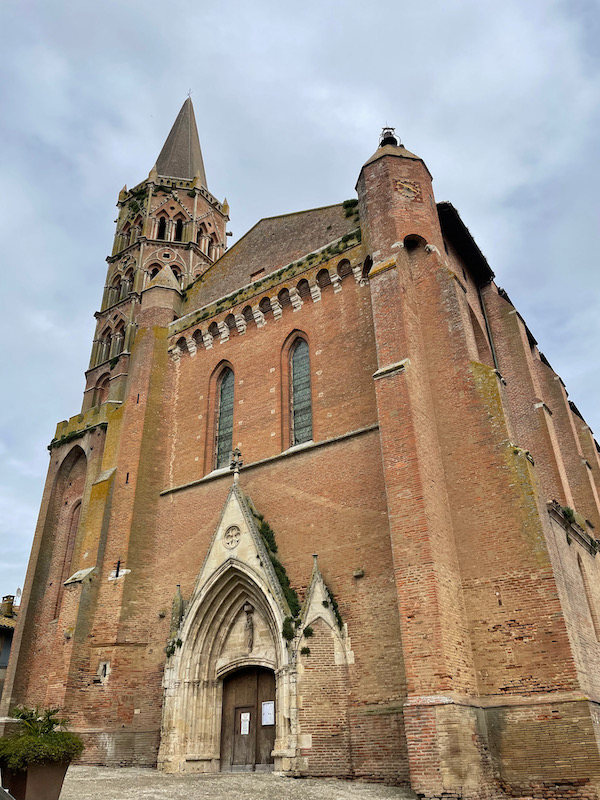
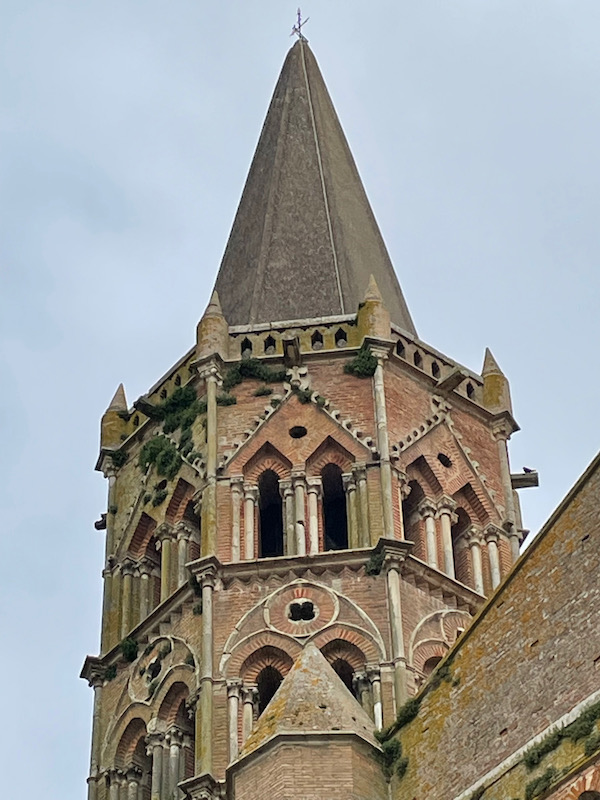
The interior is tall, with the characteristic ribbed Gothic vaults. The choir was enlarged in 1705 during the installation of the massive canopy, attributed to the Toulouse native Antoine Guépin, which rises above the altar. It represents the Assumption of the Virgin, and includes a several important motifs: the four Evangelists, the three Divine Persons, the Virgin carried off by the angels. The 17th-century walnut stalls come from the abbey of Grand Selve.
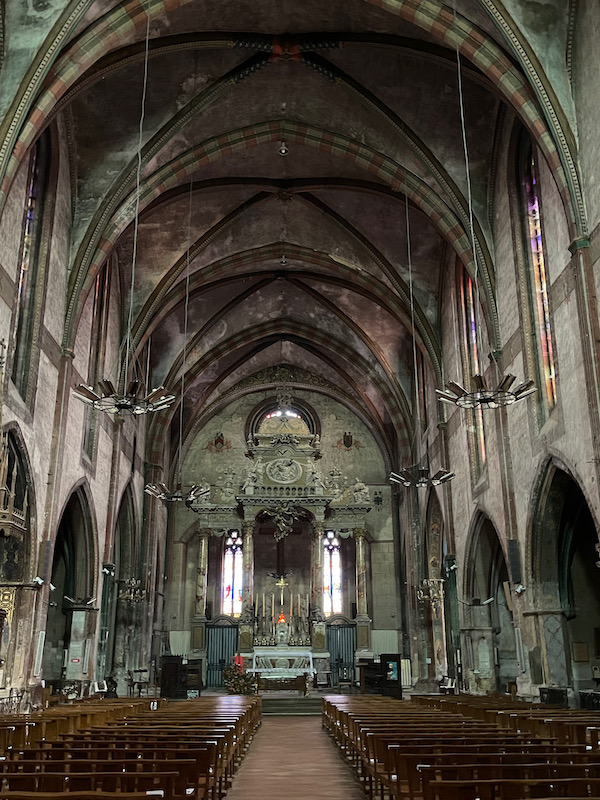
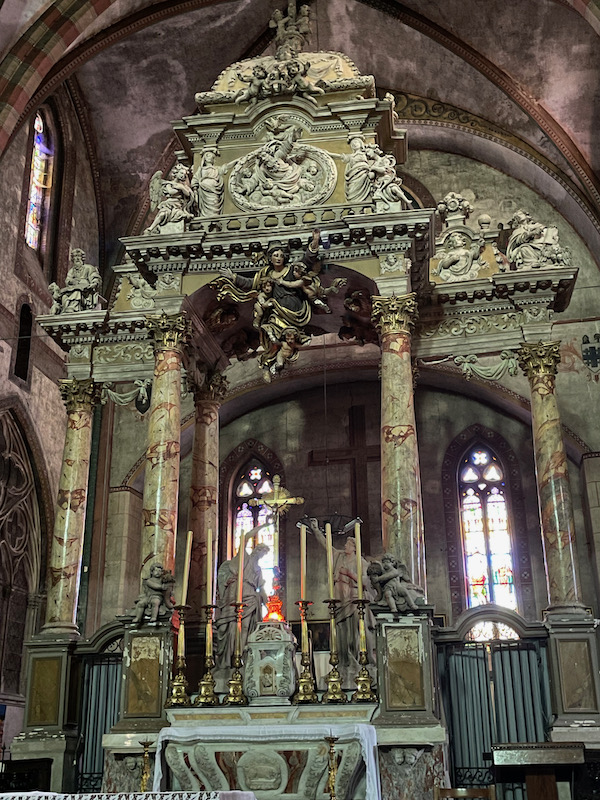
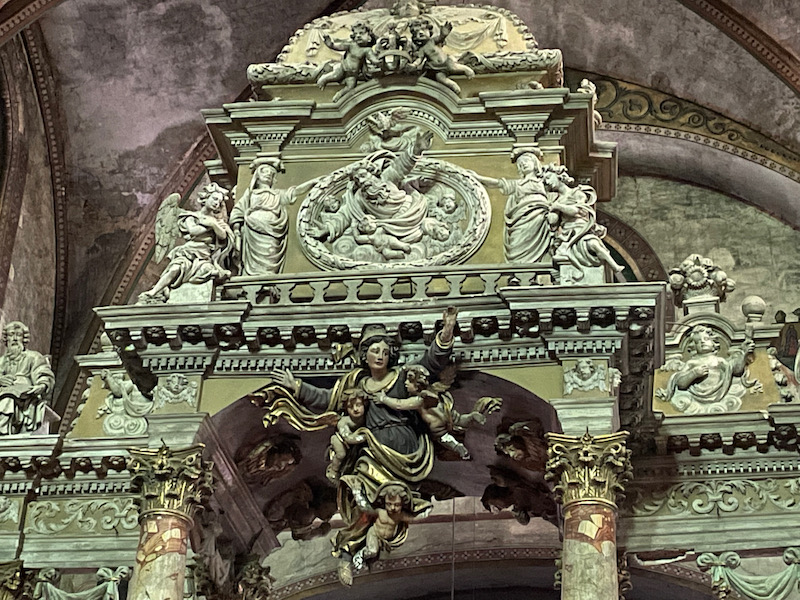
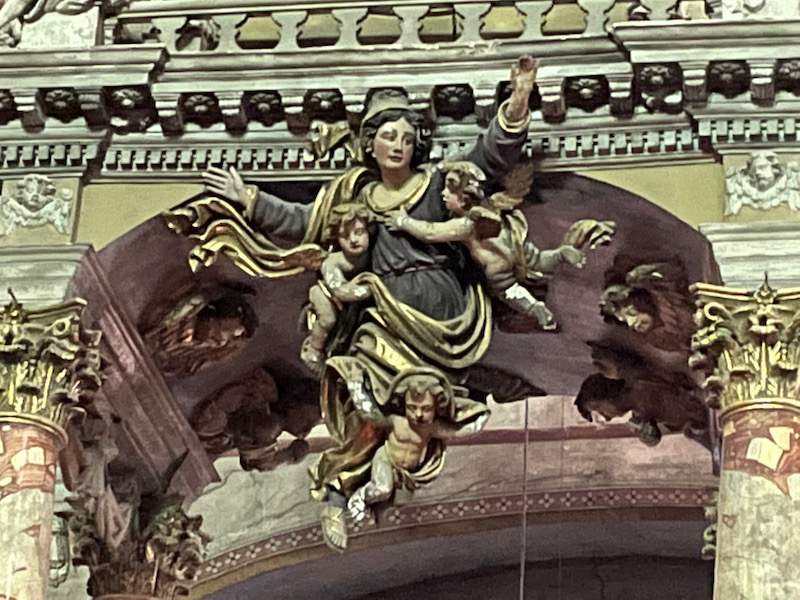
There is quite a bit of color inside of the church, specifically in a few of the side chapels, like these.
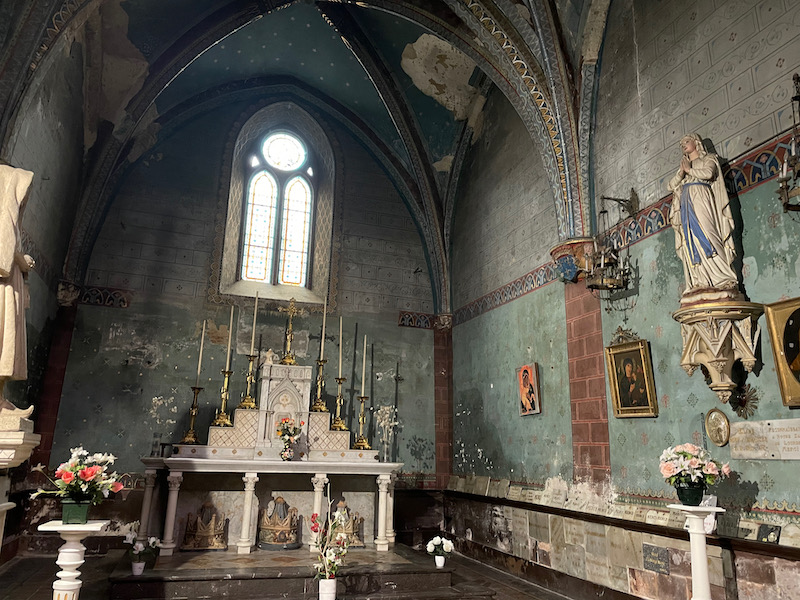
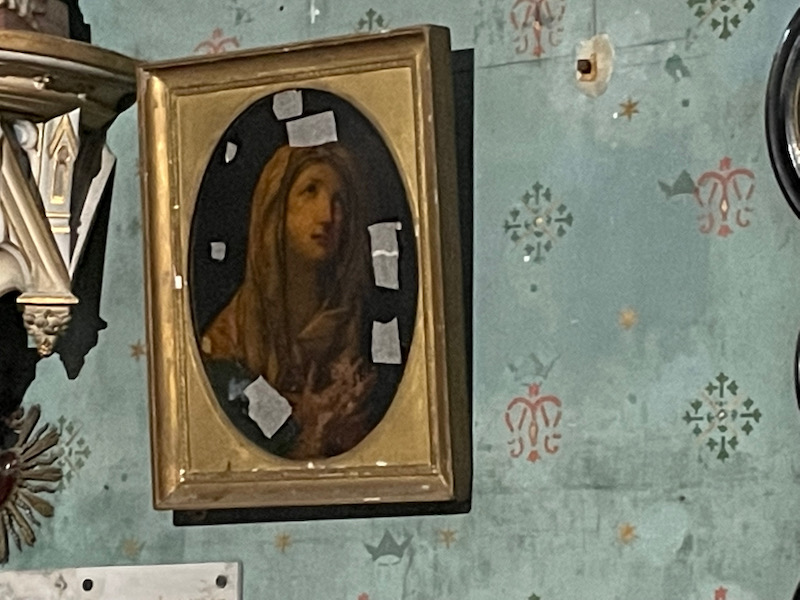
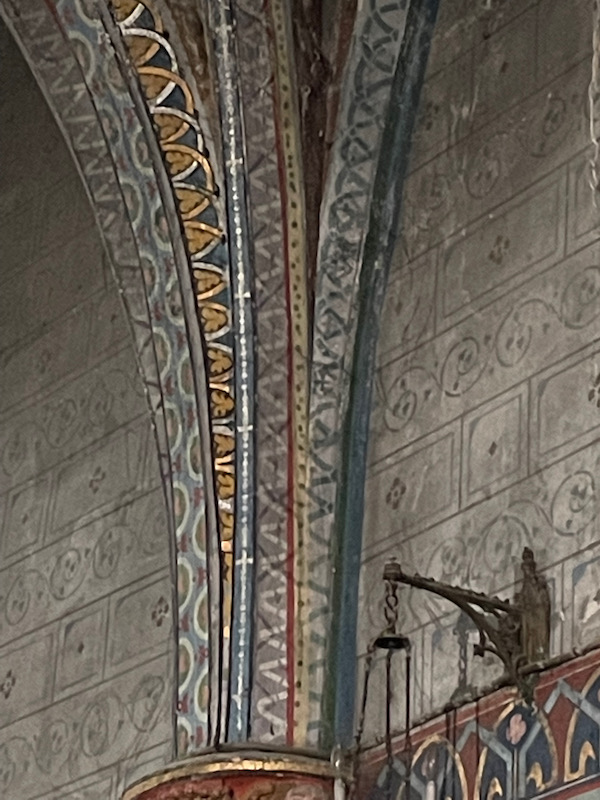
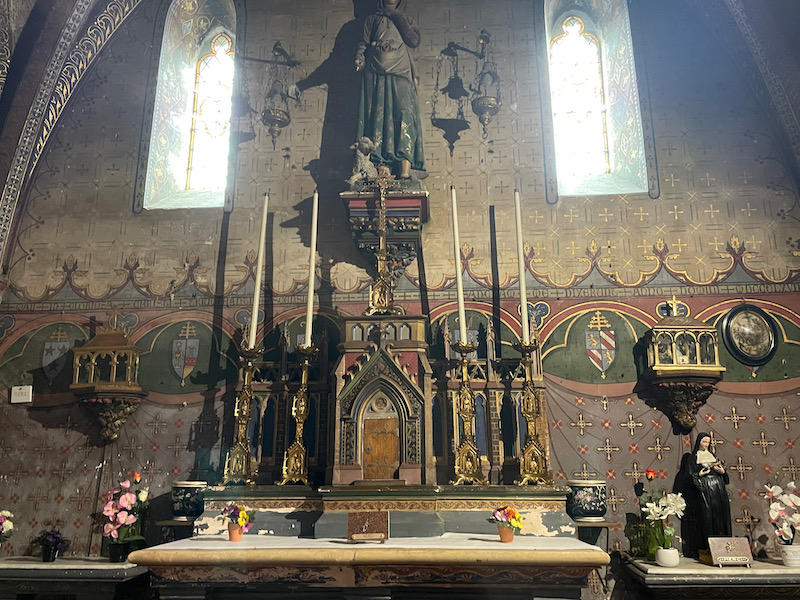
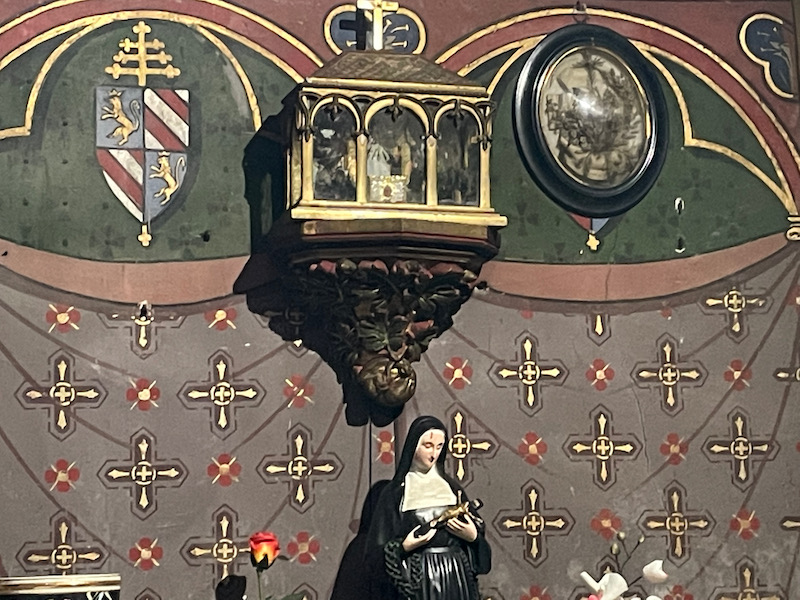

The carved oak pulpit dates back to 1892 and comes from Hungary.
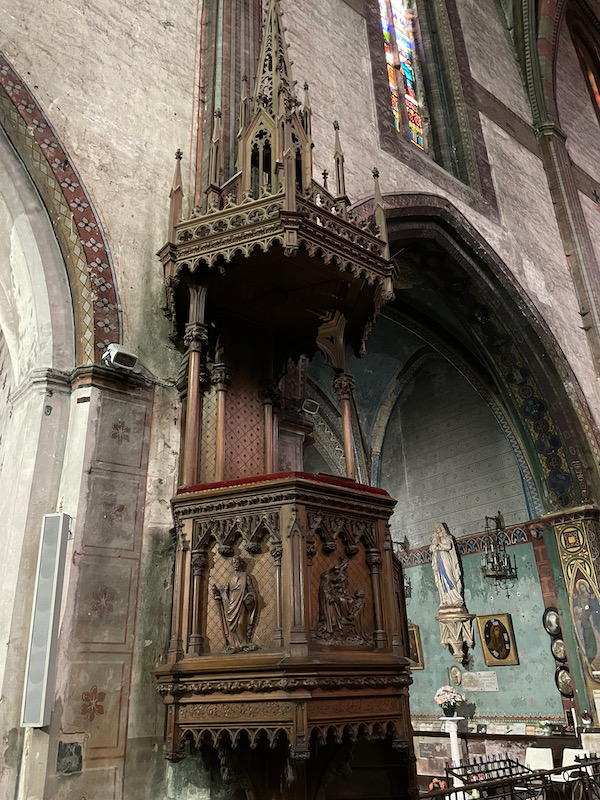
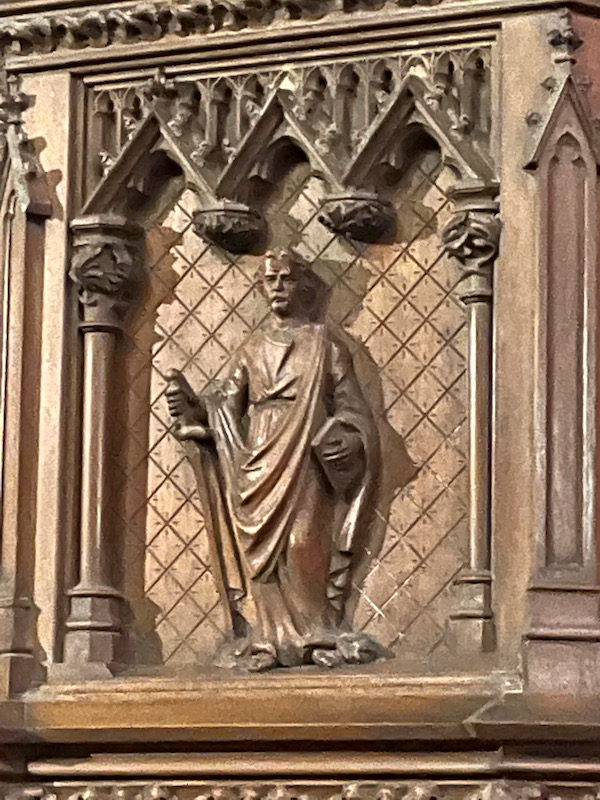
Another nice side chapel, this one with a statue of Joan of Arc.
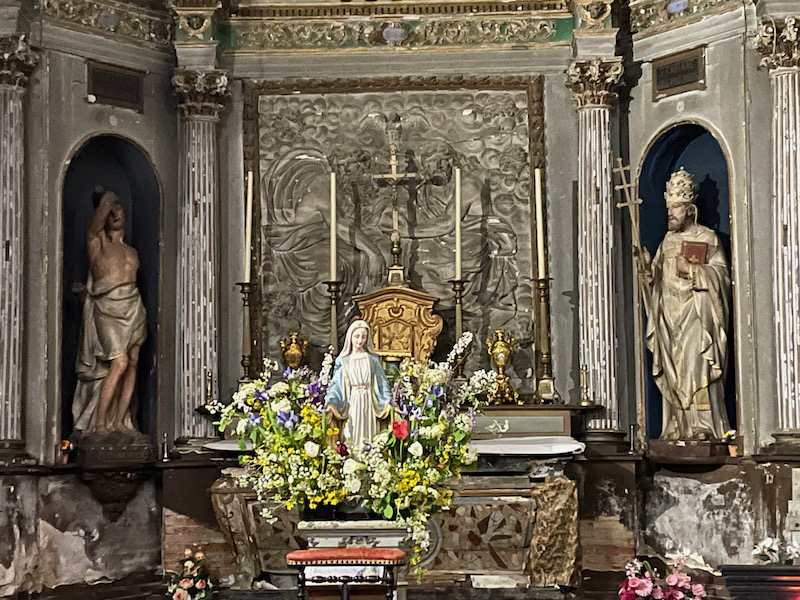
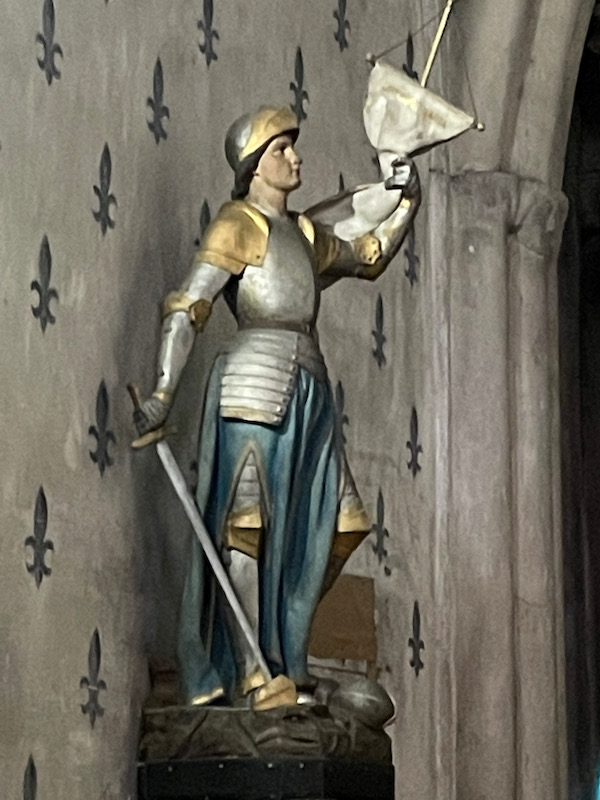
There are 2 large holy water fonts made of red marble from the Pyrénées.
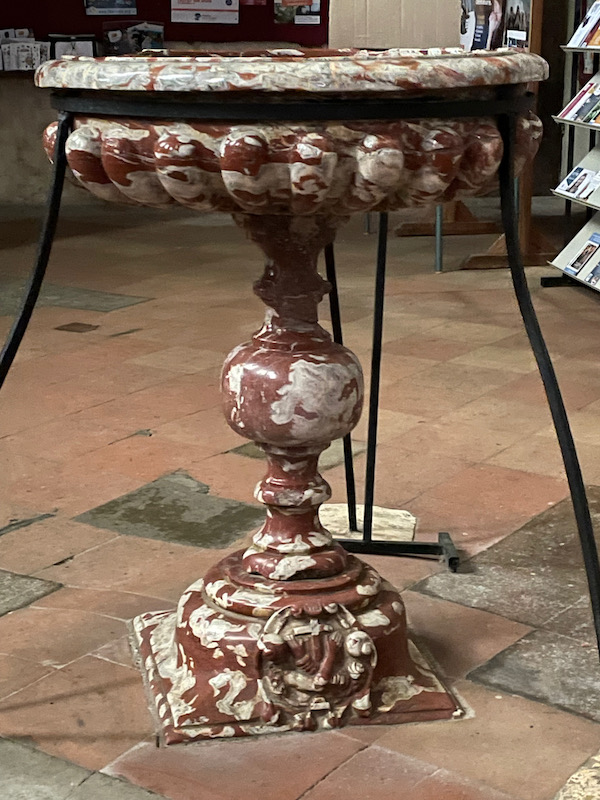
The 14th-century market hall of Beaumont-de-Lomagne still houses the Saturday market. It is large, square market, almost 120 feet on each side. The wooden frame is supported by 38 posts, each resting on stone bases with different dimensions to compensate for the slope. The floor was redone with 370,000 "river" stones manually put into place.
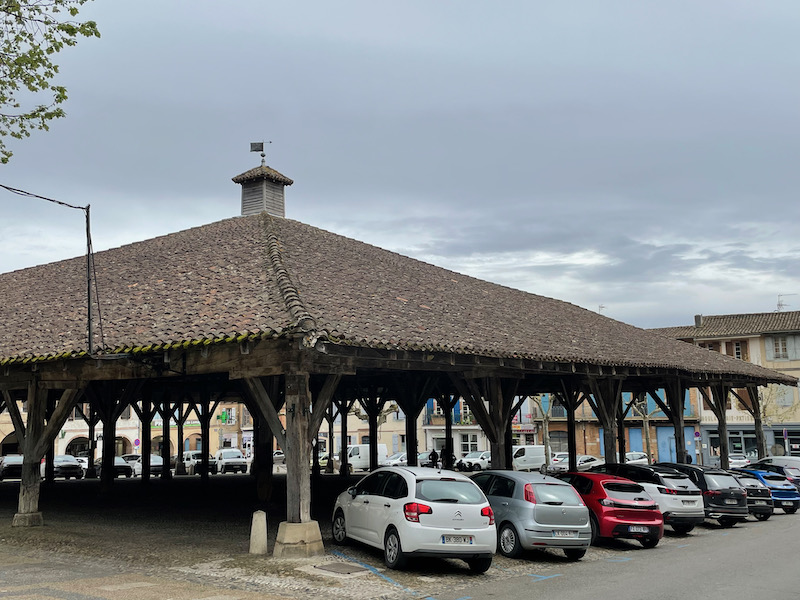
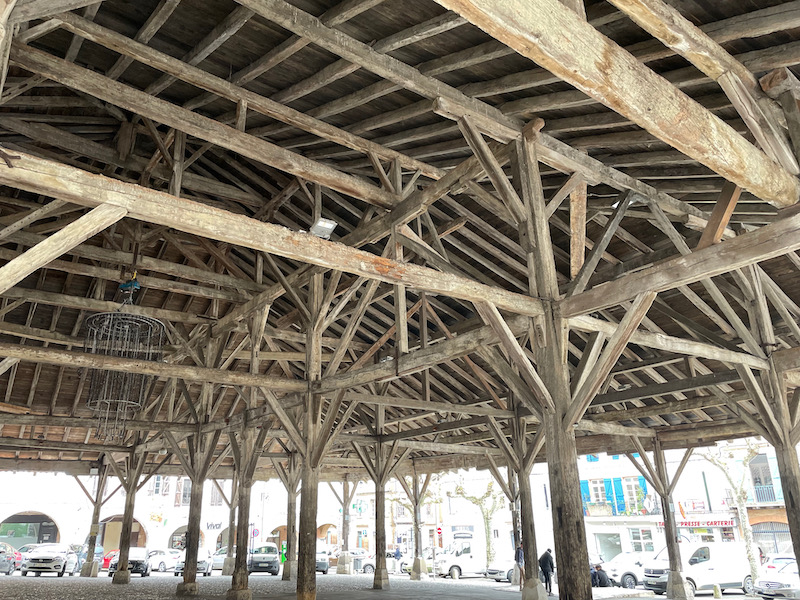
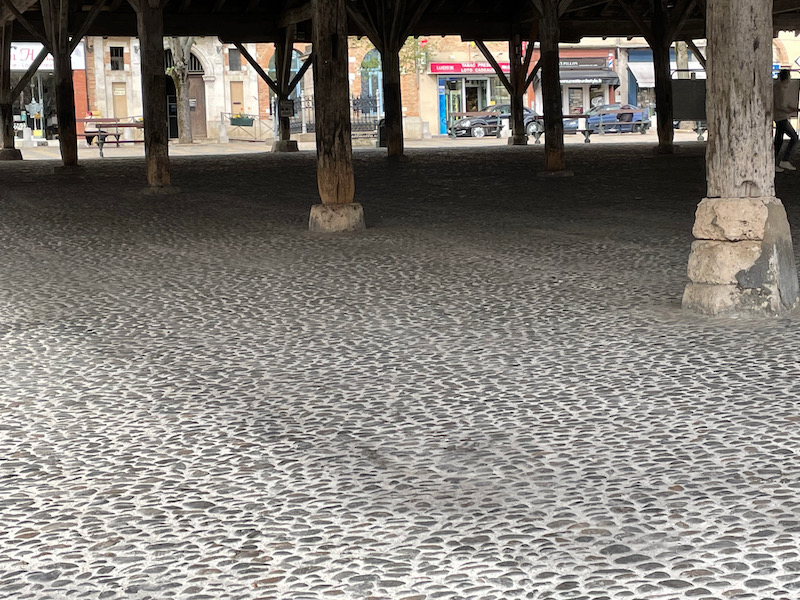
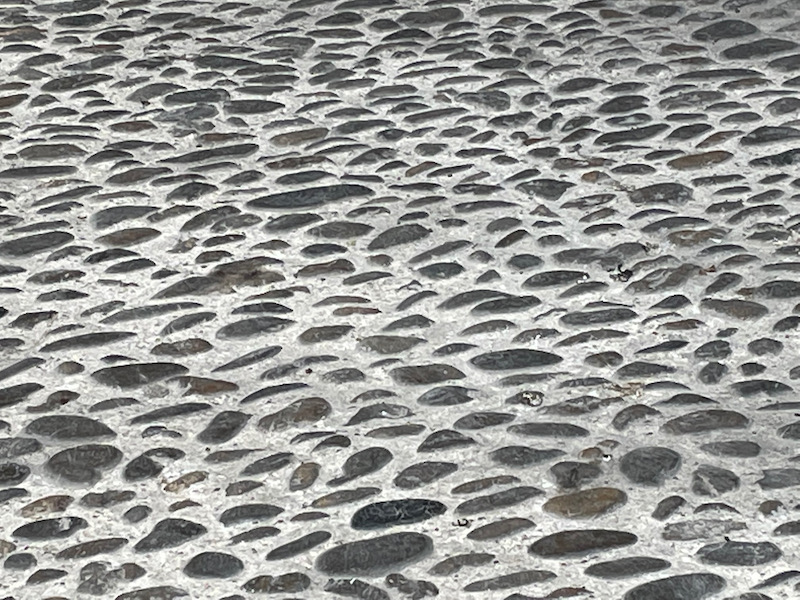
Jean d'Armagnac supposedly lived in this half-timbered house in the 15th century. You can still make out the detailed carving on the posts on either side of the windows. To have this type of decoration would indicate the power and wealth of the owner.
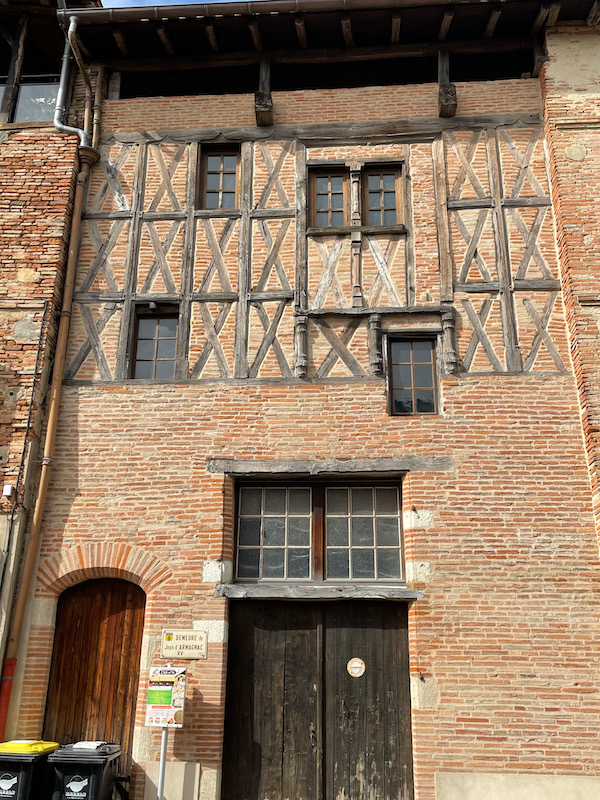
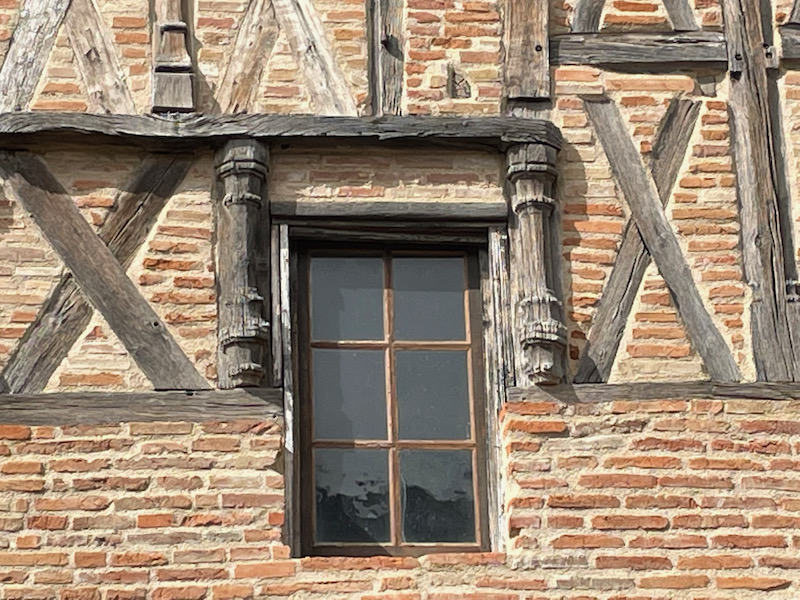
House of the cavaliers, 17th century, you can see the large stones that were used by the cavaliers to mount the horses.
